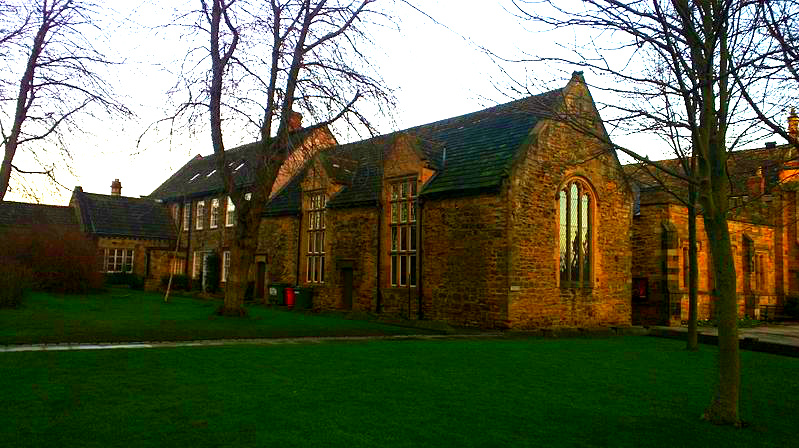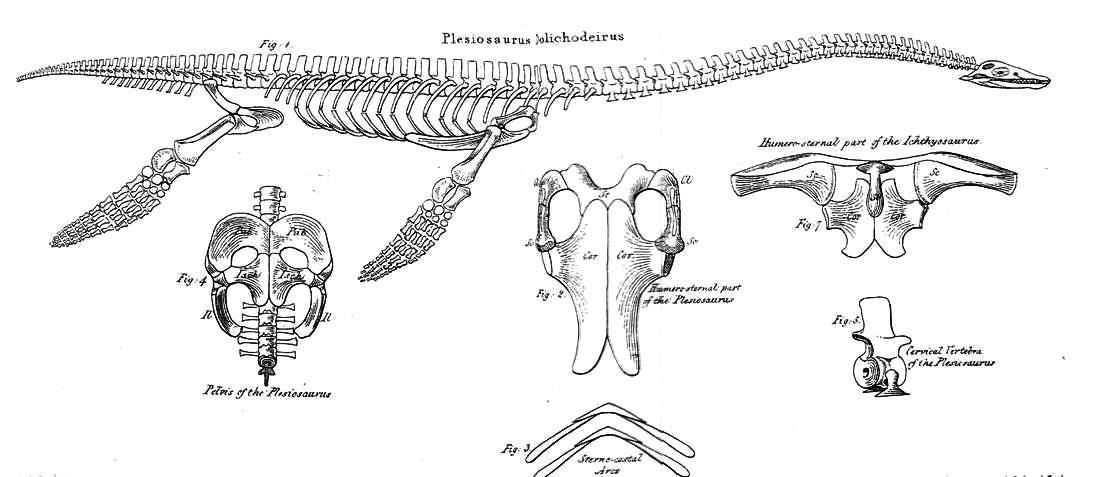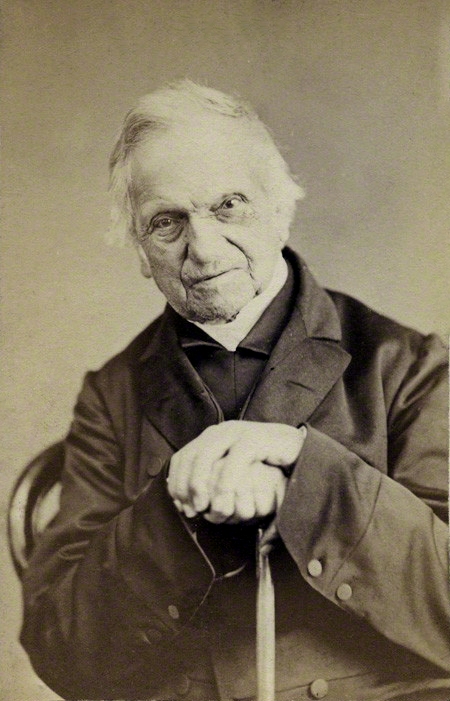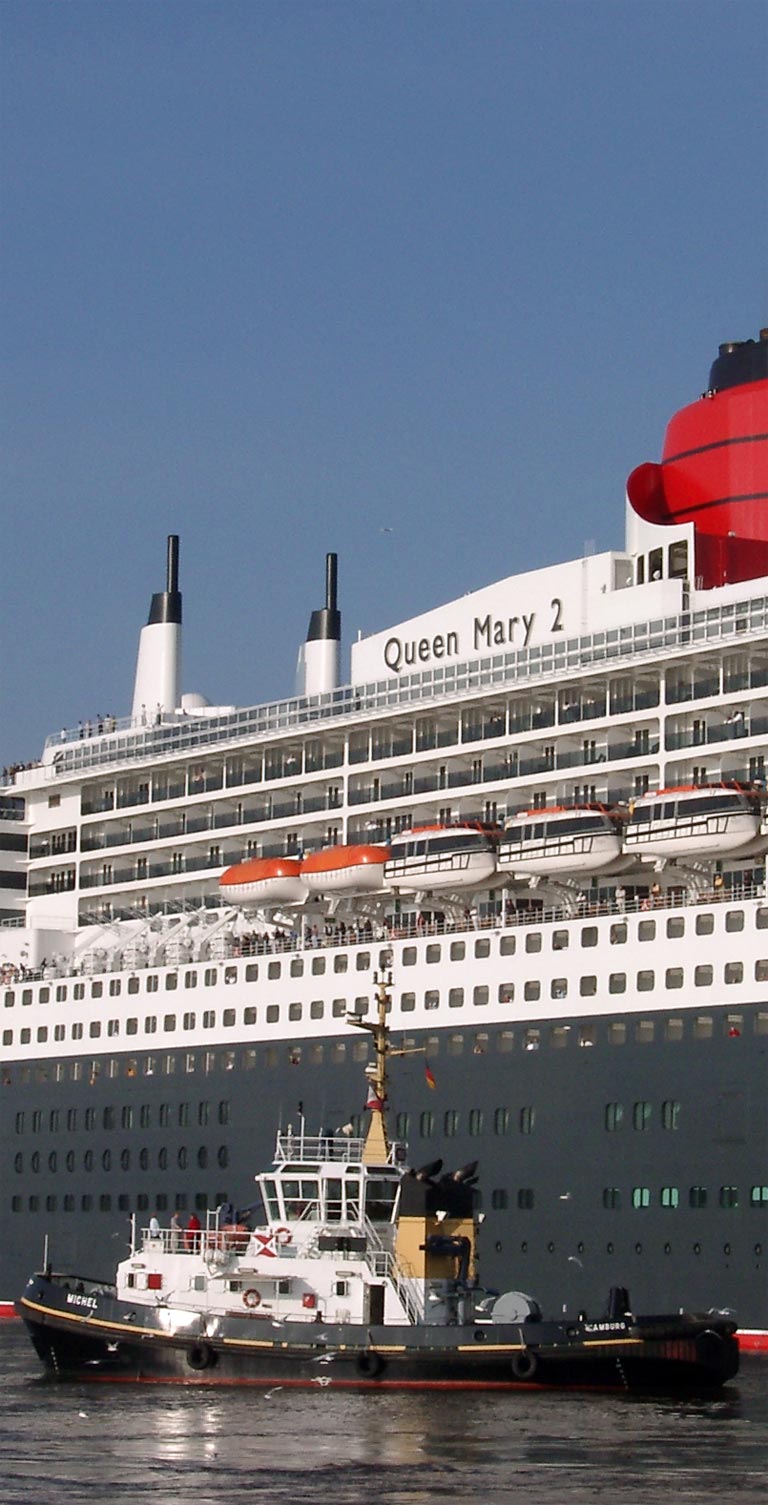|
Roderick Murchison (philanthropist)
Sir Roderick Impey Murchison, 1st Baronet, (19 February 1792 – 22 October 1871) was a Scottish geologist who served as director-general of the British Geological Survey from 1855 until his death in 1871. He is noted for investigating and describing the Silurian, Devonian and Permian systems. Early life and work Murchison was born at Tarradale House, Muir of Ord, Ross-shire, the son of Barbara and Kenneth Murchison. His wealthy father died in 1796, when Roderick was four years old, and he was sent to Durham School three years later and then to the Royal Military College, Great Marlow, to be trained for the army. In 1808 he landed with Wellesley in Portugal, and was present at the actions of Roliça and Vimeiro in the Peninsular War as an ensign in the 36th Regt of Foot. Subsequently under Sir John Moore, he took part in the retreat to Corunna and the final battle there. After eight years of service Murchison left the army and married Charlotte Hugonin (1788–18 ... [...More Info...] [...Related Items...] OR: [Wikipedia] [Google] [Baidu] |
Muir Of Ord
Muir of Ord ( gd, Am Blàr Dubh) is a village in Easter Ross, in the Highland council area of Scotland. It is situated near the western end of the Black Isle, about west of the city of Inverness and south of Dingwall. The village has a population of and sits above sea level. The Scottish geologist Sir Roderick Murchison was born in the village in 1792. In September 2022, the village came to media attention when a local fish and chip shop owner uploaded a Facebook video celebrating the death of Queen Elizabeth II with a bottle of champagne. The owner was then chased away from the village by angry locals who vandalized the chip shop with eggs and tomato ketchup. History Named ''Tarradale'' until 1862, historically access to the village was limited by the natural obstacles of the River Beauly and the River Conon. This changed in 1814 with the construction of the Conon Bridge. Cattle drivers used the new routes to transport livestock and markets were set up in 1820 close to where ... [...More Info...] [...Related Items...] OR: [Wikipedia] [Google] [Baidu] |
Durham School
Durham School is an independent boarding and day school in the English public school tradition located in Durham, North East England and was an all-boys institution until 1985, when girls were admitted to the sixth form. The school takes pupils aged 3–18 years and became fully co-educational in 1998. A member of the Headmasters' and Headmistresses' Conference, it enrolls 650 day and boarding students. Its preparatory institution, known as Bow, Durham School, enrolls a further 160 pupils. Durham and Bow's former pupils include politicians, clergy and British aristocracy. Former students are known as ''Old Dunelmians''. Founded by the Bishop of Durham, Thomas Langley, in 1414, it received royal foundation by King Henry VIII in 1541 following the Dissolution of the Monasteries during the Protestant Reformation. It is the city's oldest institution of learning. History The history of Durham School can be divided into three sections. Firstly there is the time from its founding ... [...More Info...] [...Related Items...] OR: [Wikipedia] [Google] [Baidu] |
William Conybeare (geologist)
William Daniel Conybeare FRS (7 June 178712 August 1857), dean of Llandaff, was an English geologist, palaeontologist and clergyman. He is probably best known for his ground-breaking work on fossils and excavation in the 1820s, including important papers for the Geological Society of London on ichthyosaur anatomy and the first published scientific description of a plesiosaur. Life and career Childhood and education He was a grandson of John Conybeare, bishop of Bristol (1692–1755), a notable preacher and divine, and son of Dr William Conybeare, rector of St Botolph-without-Bishopsgate. Born in London, he was educated there at Westminster School, then went in 1805 to Christ Church, Oxford, where in 1808 he took his degree of BA, with a first in classics and second in mathematics, and proceeded to MA three years later. Early career Having entered holy orders he became in 1814 curate of Wardington, near Banbury, and he accepted also a lectureship at Brislington near Bristol ... [...More Info...] [...Related Items...] OR: [Wikipedia] [Google] [Baidu] |
Adam Sedgwick
Adam Sedgwick (; 22 March 1785 – 27 January 1873) was a British geologist and Anglican priest, one of the founders of modern geology. He proposed the Cambrian and Devonian period of the geological timescale. Based on work which he did on Welsh rock strata, he proposed the Cambrian period in 1835, in a joint publication in which Roderick Murchison also proposed the Silurian period. Later in 1840, to resolve what later became known as the Great Devonian Controversy about rocks near the boundary between the Silurian and Carboniferous periods, he and Murchison proposed the Devonian period. Though he had guided the young Charles Darwin in his early study of geology and continued to be on friendly terms, Sedgwick was an opponent of Darwin's theory of evolution by means of natural selection. He strongly opposed the admission of women to the University of Cambridge, in one conversation describing aspiring female students as "nasty forward minxes." Life and career Sedgwick was b ... [...More Info...] [...Related Items...] OR: [Wikipedia] [Google] [Baidu] |
Geological Society Of London
The Geological Society of London, known commonly as the Geological Society, is a learned society based in the United Kingdom. It is the oldest national geological society in the world and the largest in Europe with more than 12,000 Fellows. Fellows are entitled to the postnominal FGS (Fellow of the Geological Society), over 2,000 of whom are Chartered Geologists (CGeol). The Society is a Registered Charity, No. 210161. It is also a member of the Science Council, and is licensed to award Chartered Scientist to qualifying members. The mission of the society is: "Making geologists acquainted with each other, stimulating their zeal, inducing them to adopt one nomenclature, facilitating the communication of new facts and ascertaining what is known in their science and what remains to be discovered". History The Society was founded on 13 November 1807 at the Freemasons' Tavern, Great Queen Street, in the Covent Garden district of London. It was partly the outcome of a previous cl ... [...More Info...] [...Related Items...] OR: [Wikipedia] [Google] [Baidu] |
Humphry Davy
Sir Humphry Davy, 1st Baronet, (17 December 177829 May 1829) was a British chemist and inventor who invented the Davy lamp and a very early form of arc lamp. He is also remembered for isolating, by using electricity, several elements for the first time: potassium and sodium in 1807 and calcium, strontium, barium, magnesium and boron the following year, as well as for discovering the elemental nature of chlorine and iodine. Davy also studied the forces involved in these separations, inventing the new field of electrochemistry. Davy is also credited to have been the first to discover clathrate hydrates in his lab. In 1799 he experimented with nitrous oxide and was astonished at how it made him laugh, so he nicknamed it "laughing gas" and wrote about its potential anaesthetic properties in relieving pain during surgery. Davy was a baronet, President of the Royal Society (PRS), Member of the Royal Irish Academy (MRIA), Fellow of the Geological Society (FGS), and a member ... [...More Info...] [...Related Items...] OR: [Wikipedia] [Google] [Baidu] |
Barnard Castle
Barnard Castle (, ) is a market town on the north bank of the River Tees, in County Durham, Northern England. The town is named after and built around a medieval castle ruin. The town's Bowes Museum's has an 18th-century Silver Swan automaton exhibit and paintings by Goya and El Greco. It sits on the opposite bank to Startforth and is south-west of the county town of Durham. Nearby towns include Bishop Auckland to the north-east, Darlington to the east and Richmond in North Yorkshire to the south-east. The largest employer is GlaxoSmithKline, with a manufacturing facility on the town's outskirts. History Before the Norman conquest the upper half of Teesdale had been combined into an Anglo-Norse estate which was centred upon the ancient village of Gainford and mortgaged to the Earls of Northumberland. The first Norman Bishop of Durham, Bishop Walcher, was murdered in 1080. This led to the surrounding country being attacked and laid waste by the Norman overlords. Further ... [...More Info...] [...Related Items...] OR: [Wikipedia] [Google] [Baidu] |
Province Of A Coruña
The province of A Coruña (; es, La Coruña ; historical en, link=no, Corunna) is the northwesternmost province of Spain, and one of the four provinces which constitute the autonomous community of Galicia. This province is surrounded by the Atlantic Ocean to the west and north, Pontevedra Province to the south and Lugo Province to the east. History The history of this province starts at the end of the Middle Ages during the reign of the Catholic Monarchs of Spain. During those years this province was far smaller than today. This is because in the 1833 territorial division of Spain the entire Province of Betanzos together with half of the Mondoñedo were amalgamated into one single province with its capital city in A Coruña. Since 1833, the province has always been the one with the largest population and largest coast. Until the second half of the 20th century, this province was both the religious and cultural centre of the entire region. The University of Santiago de ... [...More Info...] [...Related Items...] OR: [Wikipedia] [Google] [Baidu] |
John Moore (British Army Officer)
Lieutenant-General Sir John Moore, (13 November 1761 – 16 January 1809), also known as Moore of Corunna , was a senior British Army officer. He is best known for his military training reforms and for his death at the Battle of Corunna, in which he repulsed a French army under Marshal Soult during the Peninsular War. After the war General Sarrazin wrote a French history of the battle, which nonetheless may have been written in light of subsequent events, stating that "Whatever Bonaparte may assert, Soult was most certainly repulsed at Corunna; and the British gained a defensive victory, though dearly purchased with the loss of their brave general Moore, who was alike distinguished for his private virtues, and his military talents." Early years John Moore was born in Glasgow, the son of John Moore, a doctor and writer, and the older brother of Admiral Sir Graham Moore. He attended Glasgow High School, but at the age of 11 joined his father and Douglas, the young 16-year-o ... [...More Info...] [...Related Items...] OR: [Wikipedia] [Google] [Baidu] |
36th (Herefordshire) Regiment Of Foot
The 36th (Herefordshire) Regiment of Foot was an infantry regiment of the British Army, raised in 1701. Under the Childers Reforms it amalgamated with the 29th (Worcestershire) Regiment of Foot to form the Worcestershire Regiment in 1881. Its lineage is continued today by the Mercian Regiment. History Formation The unit was raised on the outbreak of the War of the Spanish Succession: on 28 June 1701 William III of England, William III issued a warrant to William Caulfeild, 2nd Viscount Charlemont to raise a List of Regiments of Foot, regiment of foot in Ireland. It was the successor to a previous regiment raised by Charlemont in 1694 for Irish service. William died in March 1702 and his successor, Anne, Queen of Great Britain, Queen Anne, issued a further warrant declaring that Charlemont's Regiment of Foot was to be one of six newly formed regiments to be equipped for "sea service".Cannon 1853, pp. 2–4 Early service: the War of the Spanish Succession The regiment was se ... [...More Info...] [...Related Items...] OR: [Wikipedia] [Google] [Baidu] |
Peninsular War
The Peninsular War (1807–1814) was the military conflict fought in the Iberian Peninsula by Spain, Portugal, and the United Kingdom against the invading and occupying forces of the First French Empire during the Napoleonic Wars. In Spain, it is considered to overlap with the Spanish War of Independence. The war started when the French and Spanish armies invaded and occupied Portugal in 1807 by transiting through Spain, and it escalated in 1808 after Napoleonic France occupied Spain, which had been its ally. Napoleon Bonaparte forced the abdications of Ferdinand VII and his father Charles IV and then installed his brother Joseph Bonaparte on the Spanish throne and promulgated the Bayonne Constitution. Most Spaniards rejected French rule and fought a bloody war to oust them. The war on the peninsula lasted until the Sixth Coalition defeated Napoleon in 1814, and is regarded as one of the first wars of national liberation. It is also significant for the emergence of larg ... [...More Info...] [...Related Items...] OR: [Wikipedia] [Google] [Baidu] |
Battle Of Vimeiro
In the Battle of Vimeiro (sometimes shown as "Vimiera" or "Vimeira" in contemporary British texts) on 21 August 1808, the British under General Arthur Wellesley (who later became the Duke of Wellington) defeated the French under Major-General Jean-Andoche Junot near the village of Vimeiro (), near Lisbon, Portugal during the Peninsular War. This battle put an end to the first French invasion of Portugal. Four days after the Battle of Roliça, Wellesley's army was attacked by a French army under General Junot near the village of Vimeiro. The battle began as a battle of manoeuvre, with French troops attempting to outflank the British left, but Wellesley was able to redeploy his army to face the assault. Meanwhile, Junot sent in two central columns but these were forced back by sustained volleys from troops in line. Soon afterwards, the flanking attack was beaten off and Junot retreated towards Torres Vedras, having lost 2,000 men and 13 cannon, compared to 700 Anglo-Portug ... [...More Info...] [...Related Items...] OR: [Wikipedia] [Google] [Baidu] |









